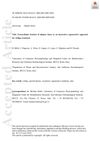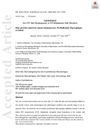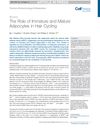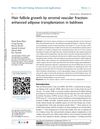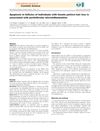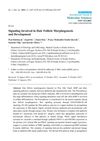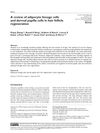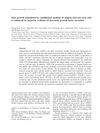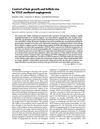Different Levels of EGF, VEGF, IL-6, MCP-1, MCP-3, IP-10, Eotaxin, and MIP-1α in the Adipose-Derived Stem Cell Secretome in Androgenetic Alopecia
February 2022
in “
Experimental Dermatology
”
EGF VEGF IL-6 MCP-1 MCP-3 IP-10 Eotaxin MIP-1α adipose-derived stem cells androgenetic alopecia hair follicles angiogenic processes inflammatory processes epidermal growth factor vascular endothelial growth factor interleukin-6 monocyte chemoattractant protein-1 monocyte chemoattractant protein-3 interferon gamma-inducible protein-10 macrophage inflammatory protein-1 alpha ADSCs AGA
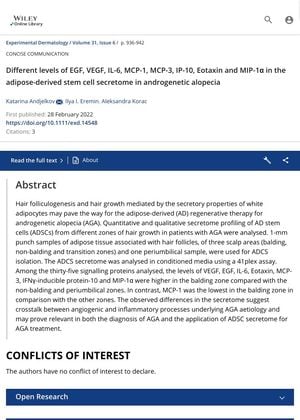
TLDR Certain proteins are found at higher levels in balding areas compared to non-balding areas, suggesting a link to hair loss. This could be useful for diagnosing and treating hair loss.
The study "Different levels of EGF, VEGF, IL‐6, MCP‐1, MCP‐3, IP‐10, Eotaxin and MIP‐1α in the adipose‐derived stem cell secretome in androgenetic alopecia" analyzed the secretome profiling of adipose-derived stem cells (ADSCs) from different zones of hair growth in patients with androgenetic alopecia (AGA). The researchers used 1-mm punch samples of adipose tissue associated with hair follicles from three scalp areas (balding, non-balding, and transition zones) and one periumbilical sample for ADSC isolation. The study found that the levels of VEGF, EGF, IL-6, Eotaxin, MCP-3, IFNγ-inducible protein-10, and MIP-1α were higher in the balding zone compared to the non-balding and periumbilical zones. Conversely, MCP-1 was the lowest in the balding zone. These differences suggest a connection between angiogenic and inflammatory processes underlying AGA and could be relevant for AGA diagnosis and treatment using ADSC secretome.



